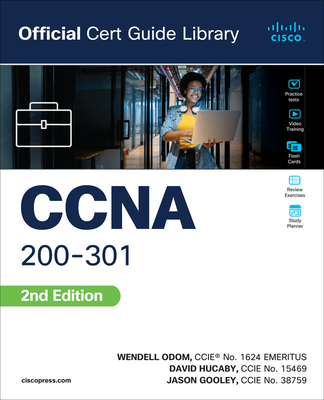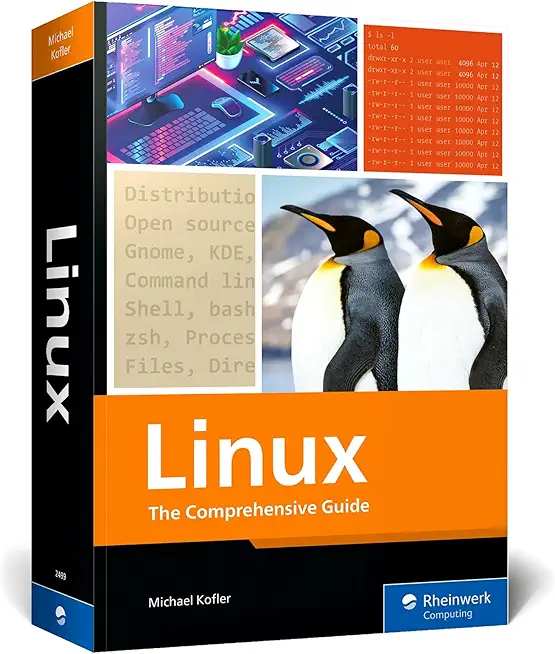Enterprise JavaBeans Using WEBLOGIC Training in Santa Cruz
|
We offer private customized training for groups of 3 or more attendees.
|
||
Course Description |
||
| This intensive hands-on course explores the Enterprise Java Bean (EJB) Component Architecture for building multi-tier internet applications. Java programmers will be able to write and deploy reusable, distributed components and take advantage of the services provided by the BEA WebLogic AppServer.
Course Length: 4 Days
Course Tuition: $2250 (US) |
||
Prerequisites |
|
| Java Programming and some Java development experience. Familiarity with JavaBeans, RMI, JDBC, Servlets and XML is recommended. | |
Course Outline |
|
EJB and the J2EE Architecture
Getting Started
The javax.ejb Package
Session Beans
Deployment
EJB Clients
Entity Beans
Container-Managed Persistence
Transactions
EJB Security
JMS
Message-Driven Beans
Appendix A - Supporting Technologies |
Course Directory [training on all levels]
- .NET Classes
- Agile/Scrum Classes
- AI Classes
- Ajax Classes
- Android and iPhone Programming Classes
- Azure Classes
- Blaze Advisor Classes
- C Programming Classes
- C# Programming Classes
- C++ Programming Classes
- Cisco Classes
- Cloud Classes
- CompTIA Classes
- Crystal Reports Classes
- Data Classes
- Design Patterns Classes
- DevOps Classes
- Foundations of Web Design & Web Authoring Classes
- Git, Jira, Wicket, Gradle, Tableau Classes
- IBM Classes
- Java Programming Classes
- JBoss Administration Classes
- JUnit, TDD, CPTC, Web Penetration Classes
- Linux Unix Classes
- Machine Learning Classes
- Microsoft Classes
- Microsoft Development Classes
- Microsoft SQL Server Classes
- Microsoft Team Foundation Server Classes
- Microsoft Windows Server Classes
- Oracle, MySQL, Cassandra, Hadoop Database Classes
- Perl Programming Classes
- Python Programming Classes
- Ruby Programming Classes
- SAS Classes
- Security Classes
- SharePoint Classes
- SOA Classes
- Tcl, Awk, Bash, Shell Classes
- UML Classes
- VMWare Classes
- Web Development Classes
- Web Services Classes
- Weblogic Administration Classes
- XML Classes






